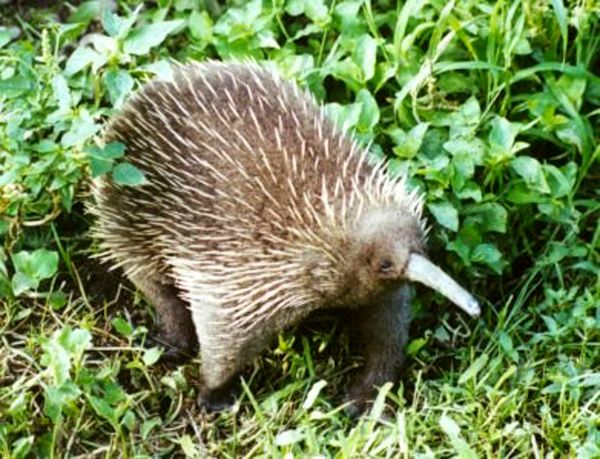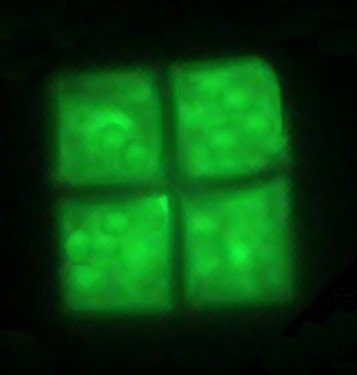From that shrew over time something like an ancient hippo evolved, those went fully "back" to the sea by evolving into whales.
edit, well, see above
The article seems to say otherwise. The platypus is listed specifically in the article as NOT of the branch.Well, according to Wikipedia they split from the Echidna some 20 million years ago:

More interesting information here.
Given some belated stature by an artists brush, the animal hardly looks the part of a progenitor of so many mammals (which do not include marsupials, like kangaroos and opossums, or monotremes, egg-laying mammals like the duck-billed platypus).


